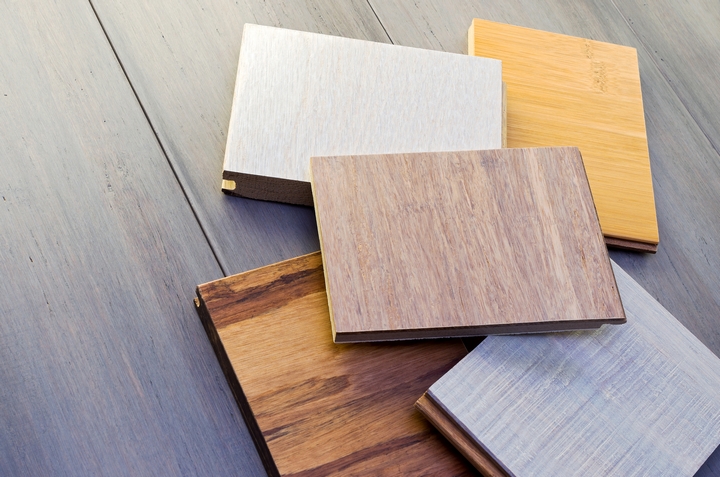
Genuine hardwood flooring will add beauty and warmth to your home. Both solid and engineered hardwood floors are made using 100 percent real wood; therefore, both are environmentally friendly. However, there are remarkable differences in the overall construction of the two wood floorings.
As the name suggests, solid wood flooring is a simple solid piece of wood. Its thickness varies from ¾ “to 5/16”. Because of their thickness, solid wood floors can be refinished and sanded down for as long as you want.
Engineered wood floors are made from several layers of wood veneers. These layers can either be of similar or different species. With the grain of individual layers running in perpendicular directions, engineered wood floors are indeed very dimensionally stable, making them more resistant to heat and moisture compared to solid wood floors.
Differences in where to Install
Changes in temperature and moisture cause the solid hardwood to expand and contract, so, solid hardwood floors are recommended specifically for rooms that are at the ground level or above.
Due to their unique construction, structures created from engineered wood are less likely to gap, buckle, or react to fluctuating temperatures. This flooring can be installed on any level, including underground. It’s an excellent choice for finished bathrooms and basements.
Differences Regarding Performance
The two hardwood floorings are designed to bring beauty and durability to your home. However, both engineered and solid wood floors have different performance characteristics.
With their enhanced stability, engineered floors are slightly more resistant to everyday buckling or rippling and also to wear-and-tear. Solid hardwood floors are a bit more susceptible to expanding and shrinking, subject to humidity levels.
Differences in Installation
Solid wood flooring should be nailed, stapled, or glued to a wood subfloor. You will need a professional to perform such kinds of installations! The correct amount of space should be left for the hardwood’s natural contraction and expansion. The individual boards should neither be too tight nor too loose.
Engineered wood flooring can either be glued down or nailed down, just like traditional hardwood installation. You can also install them as “floating” floors where you attach the boards to each other, then “float” above the subfloor.
Conclusion
If installed and maintained properly, both solid and engineered wood floors will provide a beautiful finish to your home and ultimately increase its value. Whether to choose solid or engineered flooring will greatly depend on where you intend to install it and what your preferences are in terms of aesthetics. Additional information and insights can be found at the Relative Space website.
